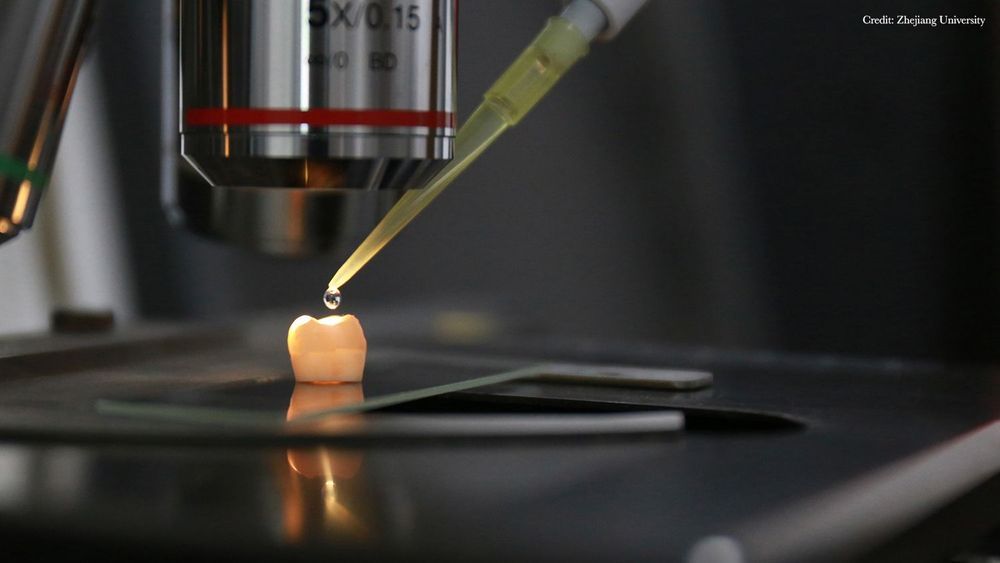O.o.
SUITA, Osaka — A group of researchers at Kansai University here has developed a material with significant germ-killing effects by copying the structure of cicada wings.


блядь! An explosion at Russia’s State Research Centre of Virology and Biotechnology (Vector) resulted in a fire, glass blown out throughout the building, and one worker suffering third degree burns on Monday, according to the Bulletin of Atomic Scientists. Vector is one of the only two places in the world where live smallpox virus samples are officially stored, as well as retains stocks of other deadly pathogens including the Ebola virus and anthrax spores.
According to the state-run TASS news agency, Koltsovo city head administrator Nikolai Krasnikov said that the blast occurred during scheduled repair work, blowing out glass in the building and starting a 30 square meter fire. Various reports have indicated the incident started with a gas explosion. However, Krasnikov emphasized that no biohazardous materials were stored where the explosion and blaze occurred, and that there is no threat to the general population. The Vector building in question did not suffer structural damage, Krasnikov added, while the worker is in “intensive” condition.

Anders Ohlsson Delivery Manager at Sandvik Additive Manufacturing, shared his excitement for the new process in the Sandvik press release stating, “On seeing its potential, we began to wonder what else would be possible from 3D-printing complex shapes in a material that is three times stiffer than steel, with heat conductivity higher than copper, the thermal expansion close to Invar – and with a density close to aluminum.”
Today we are taking a look at how Sandvik created the first-ever 3D printed diamond composite.
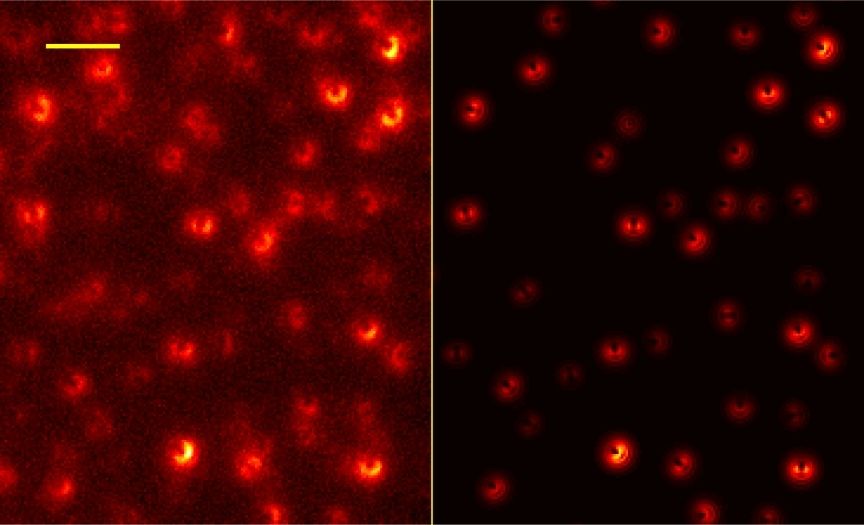
Sub-nanometre resolution in 3D position measurements of light-emitting molecules has been achieved by physicists in Germany. Jörg Enderlein and colleagues at the University of Göttingen achieved the result by replacing metal films used in previous super-resolution techniques with single layers of graphene. Their innovation could allow researchers in a wide variety of fields to measure molecular positions to unprecedented degrees of accuracy.
Recently, the technique of single-molecule localization super-resolution microscopy (SMLM) has become an incredibly useful tool for researchers in fields ranging from fundamental physics to medical research. By analysing images of single light-emitting molecules, researchers can pinpoint the positions of their centres to within single atomic widths. However, SMLM faces one significant shortcoming: it can only locate molecules in 2D, giving no information about their positions along the out-of-plane axis.
This problem can be partially overcome through the technique of metal-induced energy transfer (MIET), which introduces a thin metal film to the setup. The idea is that the apparatus picks up changes in the molecule’s fluorescence that are caused by the molecule coupling to collective excitations of surface plasmons in the film. Since this light emission varies with distance from the film, researchers can use MIET to calculate the molecule’s distance relative to the film surface, allowing them to locate it along the third axis. Yet with current versions of the technique, the accuracy of this out-of-plane measurement is 3–5 times worse than that of lateral localization, in the plane of the film.
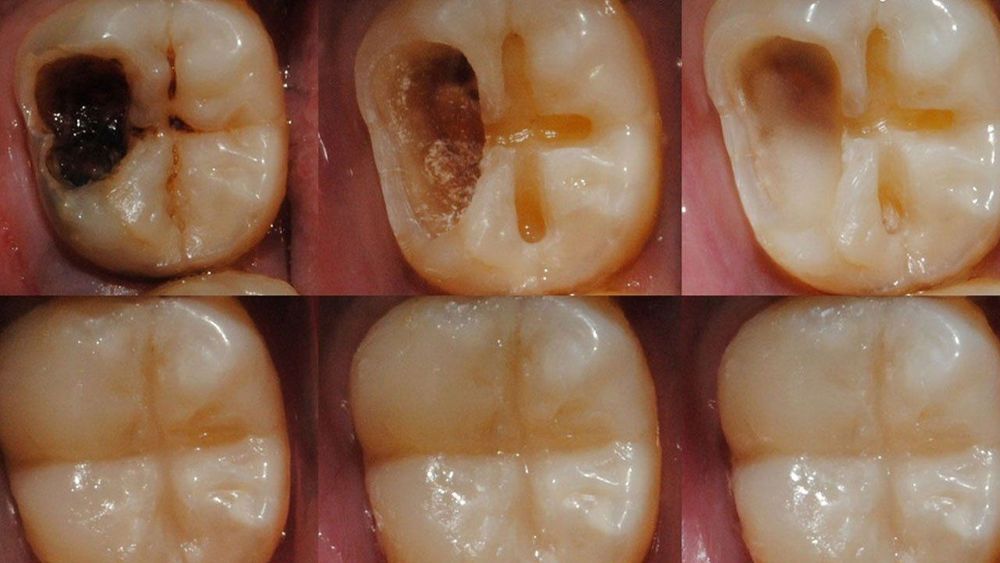
Lifeb.
Once tooth enamel breaks or wears away it’s over – it doesn’t grow back. That’s why dentists have to plug in the gaps with artificial fillings. But now, a team of scientists from China’s Zhejiang University and Jiujiang Research Institute says it has finally figured out how to regrow tooth enamel, a development that could totally upend dental care. The team developed a gel that has been found to help mouse teeth regrow enamel within 48 hours. The research has been published in the journal Science Advances.
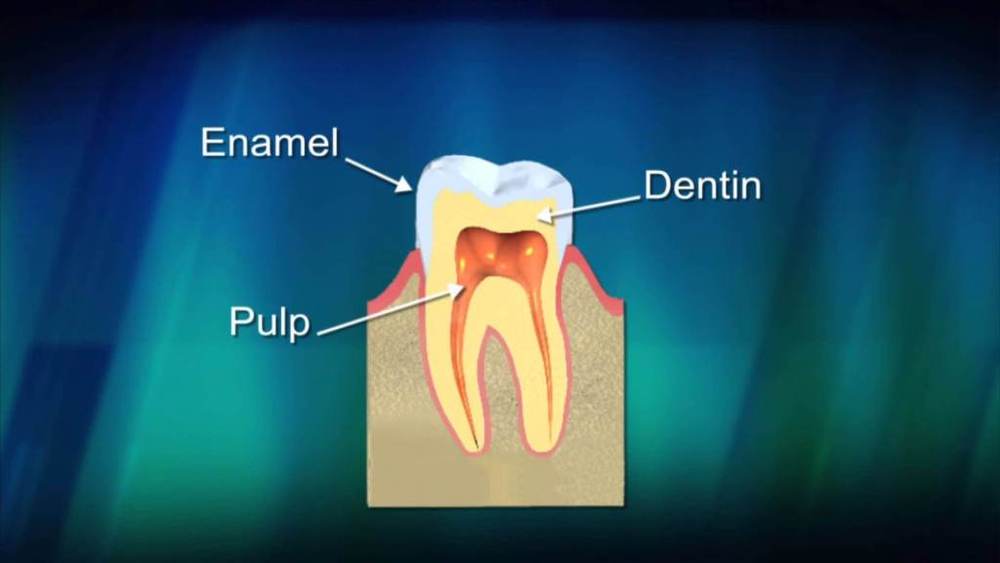
What exactly is enamel and why can’t it regrow? It is a mineralized substance with a highly complicated structure that covers the surface of teeth. The structure is made up of enamel rods interwoven with inter-rods in a fish scale pattern which makes it the hardest tissue in the human body. It is initially formed biologically but once mature it becomes acellular, meaning it becomes devoid of the ability to self-repair. This is why cavities (tooth decay) are one of the most prevalent chronic diseases in humans.
Enamel is so complex that its structure has yet to be duplicated correctly artificially. Resins, ceramics and amalgam fillings can mend the problem but they are not a forever fix. The fact that they are made of foreign materials means they can’t achieve a permanent repair. The new gel made by the Chinese scientists is different because it is made of the same material as enamel. It is made by mixing calcium and phosphate ions – both minerals which are found in enamel – with the chemical called triethylamine in an alcohol solution.

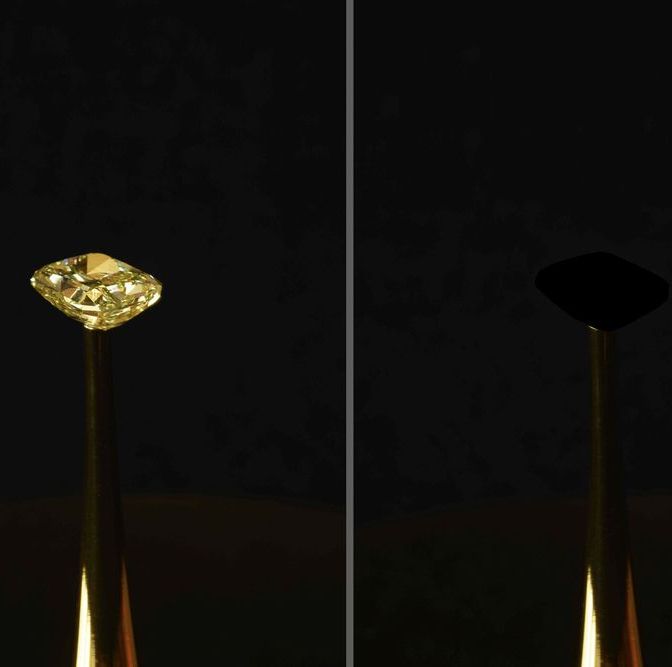
With apologies to “Spinal Tap,” it appears that black can, indeed, get more black.
MIT engineers report today that they have cooked up a material that is 10 times blacker than anything that has previously been reported. The material is made from vertically aligned carbon nanotubes, or CNTs—microscopic filaments of carbon, like a fuzzy forest of tiny trees, that the team grew on a surface of chlorine-etched aluminum foil. The foil captures more than 99.96 percent of any incoming light, making it the blackest material on record.
The researchers have published their findings today in the journal ACS-Applied Materials and Interfaces. They are also showcasing the cloak-like material as part of a new exhibit today at the New York Stock Exchange, titled “The Redemption of Vanity.”
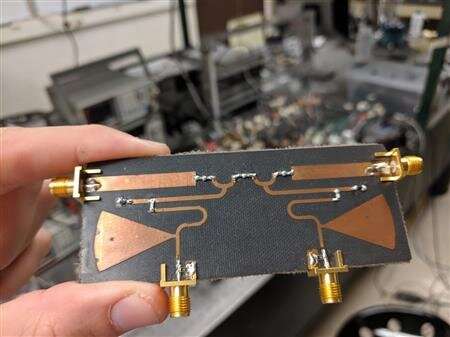
Researchers at the University of Illinois at Urbana-Champaign have replicated one of the most well-known electromagnetic effects in physics, the Hall Effect, using radio waves (photons) instead of electric current (electrons). Their technique could be used to create advanced communication systems that boost signal transmission in one direction while simultaneously absorbing signals going in the opposite direction.
The Hall Effect, discovered in 1879 by Edwin Hall, occurs because of the interaction between charged particles and electromagnetic fields. In an electric field, negatively charged particles (electrons) experience a force opposite to the direction of the field. In a magnetic field, moving electrons experience a force in the direction perpendicular to both their motion and the magnetic field. These two forces combine in the Hall Effect, where perpendicular electric and magnetic fields combine to generate an electric current. Light isn’t charged, so regular electric and magnetic fields can’t be used to generate an analogous “current of light.” However, in a recent paper published in Physical Review Letters, researchers have done exactly this with the help of what they call “synthetic electric and magnetic fields.”
Principal investigator Gaurav Bahl’s research group has been working on several methods to improve radio and optical data transmission as well as fiber optic communication. Earlier this year, the group exploited an interaction between light and sound waves to suppress the scattering of light from material defects and published its results in Optica. In 2018, team member Christopher Peterson was the lead author in a Science Advances paper which explained a technology that promises to halve the bandwidth needed for communications by allowing an antenna to send and receive signals on the same frequency simultaneously through a process called nonreciprocal coupling.
The Netherlands is building roads out of plastic waste. Take a journey down the plastic highway 😍😍.
The Netherlands is building roads out of plastic waste. Take a journey down the plastic highway 😍 😍
